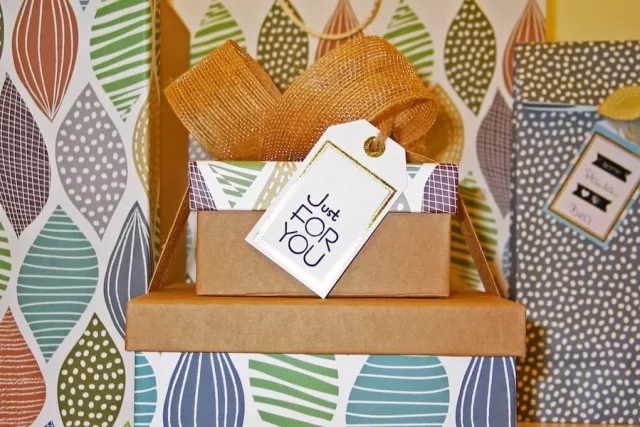Over the past decade, the issue of sustainability has become increasingly important in all areas of life, including packaging. With the rise of conscious consumerism, people are paying more attention to the environmental impact of the products they purchase.
As a result, many companies have started to prioritize sustainable packaging. Since sustainable products are a must-have, you might want to consider visiting seedsprout.com.au.
In this blog post, we’ll discuss why sustainable packaging matters and what to look for when choosing sustainable packaging.
Why Sustainable Packaging Matters
Sustainable packaging refers to the use of materials and methods that have a minimal impact on the environment.
This includes reducing the waste generated by packaging and choosing materials that are biodegradable, recyclable, or made from renewable resources. Here are a few reasons why sustainable packaging matters:
Environmental Impact
Packaging is one of the largest sources of waste globally, and a significant portion is in landfills or the ocean. By choosing sustainable packaging, we can reduce the amount of waste we generate and minimize the environmental impact of our consumption.
Consumer Demand
As mentioned earlier, consumers are becoming more conscious of the products they purchase, including their packaging. By offering sustainable packaging, companies can appeal to this growing market segment and gain a competitive advantage.
Economic Benefits
Sustainable packaging can also provide economic benefits, such as reduced shipping costs, increased efficiency in the supply chain, and reduced waste disposal costs.
What To Look For In Sustainable Packaging
When choosing sustainable packaging, there are a few key factors to consider:
Material
One of the most critical factors in sustainable packaging is the material used. Look for packaging made from biodegradable materials, such as paper or cardboard, or those that can be easily recycled, such as glass or aluminum. Avoid fabrics that are non-recyclable or non-biodegradable, such as plastic.
Minimalism
Minimalism is an essential consideration in sustainable packaging. Look for packaging that uses the least amount of material possible while protecting the product. For example, a product sold in a large box with unnecessary packaging could be more sustainable, even if the material is biodegradable.
Functionality
Sustainable packaging should also be functional and serve its purpose. For example, a product sold in a biodegradable bag that tears easily is not sustainable, as it may result in product waste.
Design
Design is an essential consideration in sustainable packaging, as it can impact both the environmental and economic benefits of the packaging. Look for packaging that is designed to be efficient in the supply chain, such as packaging that is stackable or easily transported. Additionally, packaging that is designed to be aesthetically pleasing can appeal to consumers and increase sales.
Examples Of Sustainable Packaging
Here are a few examples of sustainable packaging:
- Biodegradable packaging is made from materials that microorganisms, such as bacteria or fungi, can break down. This type of packaging is often made from natural materials, such as glass, aluminum, or cardboard. This type of packaging can be broken down and reused to produce new products.
- Minimalist packaging is designed to use the least amount of material possible while still protecting the product. This type of packaging is often used for products that do not require additional protection, such as clothing or accessories.
- Reusable packaging is designed to be used multiple times, reducing the amount of waste generated by packaging. This type of packaging is often used for products purchased in bulk, such as cleaning products or food items.
Conclusion
Sustainable packaging is becoming increasingly important for both environmental and economic reasons. As consumers become more conscious of their purchases’ impact, companies recognize the need to prioritize sustainability in their packaging. When choosing sustainable packaging, it is essential to consider its material, functionality, design, and minimalism. As the world continues to move towards a more sustainable future, sustainable packaging will reduce our environmental impact.














